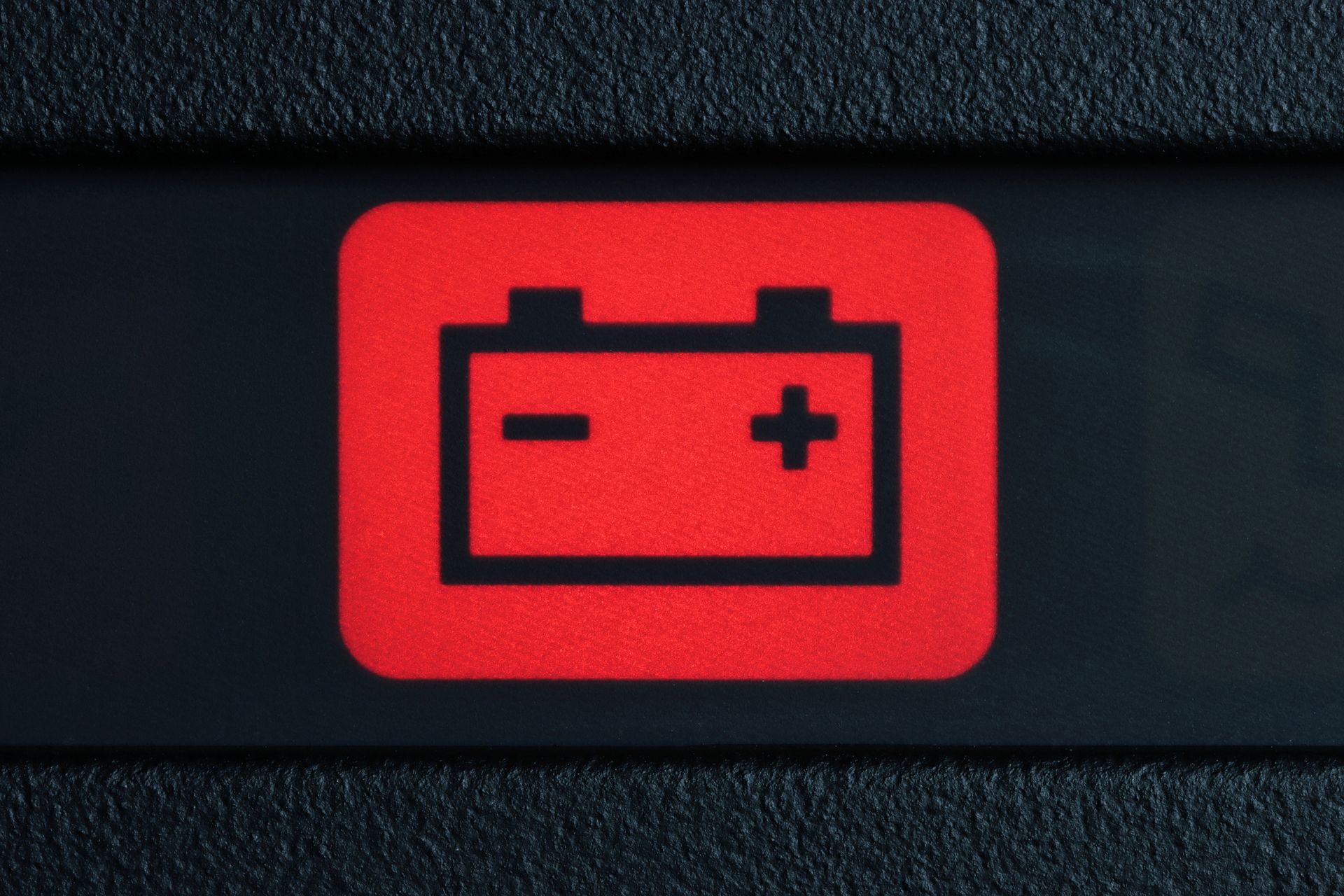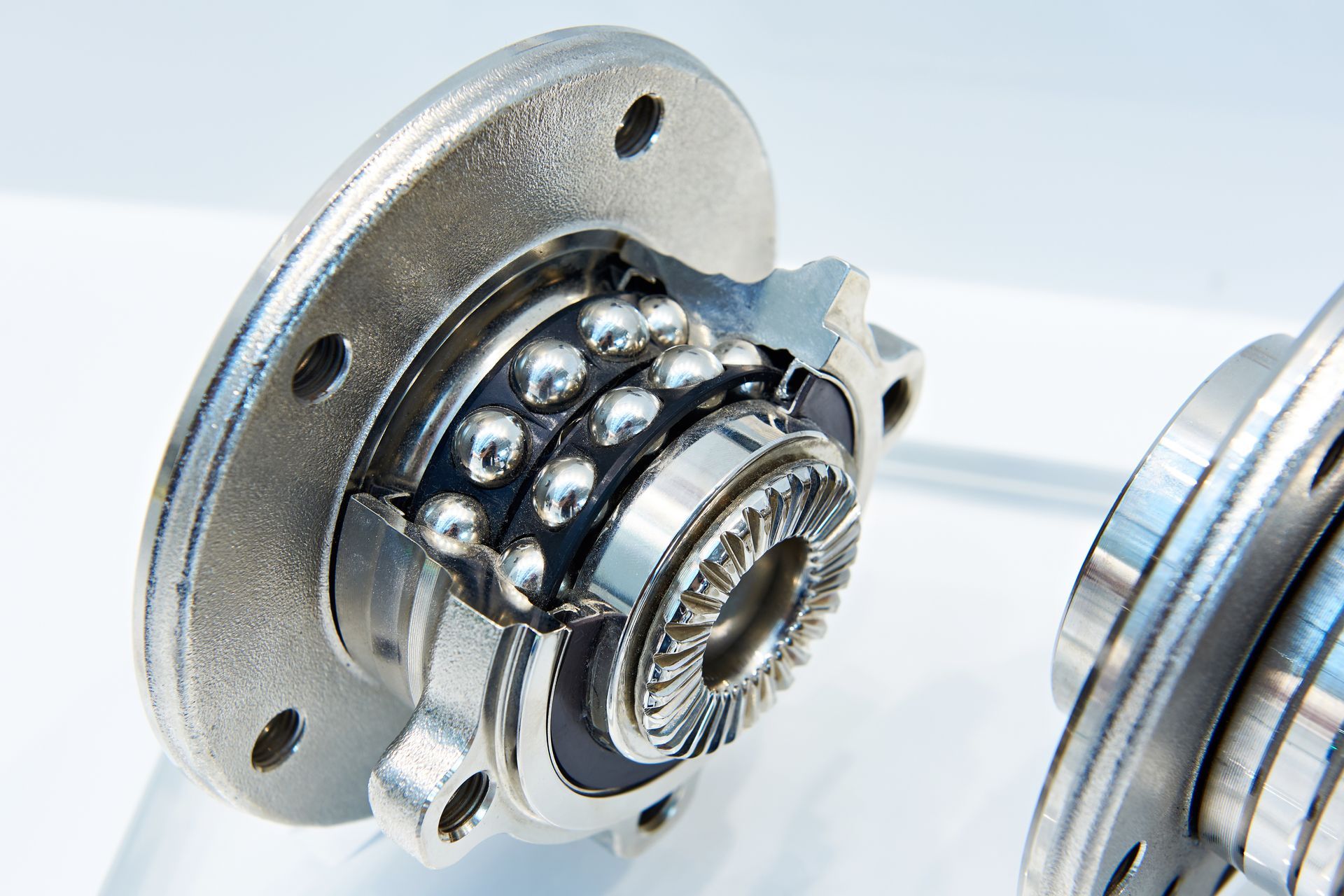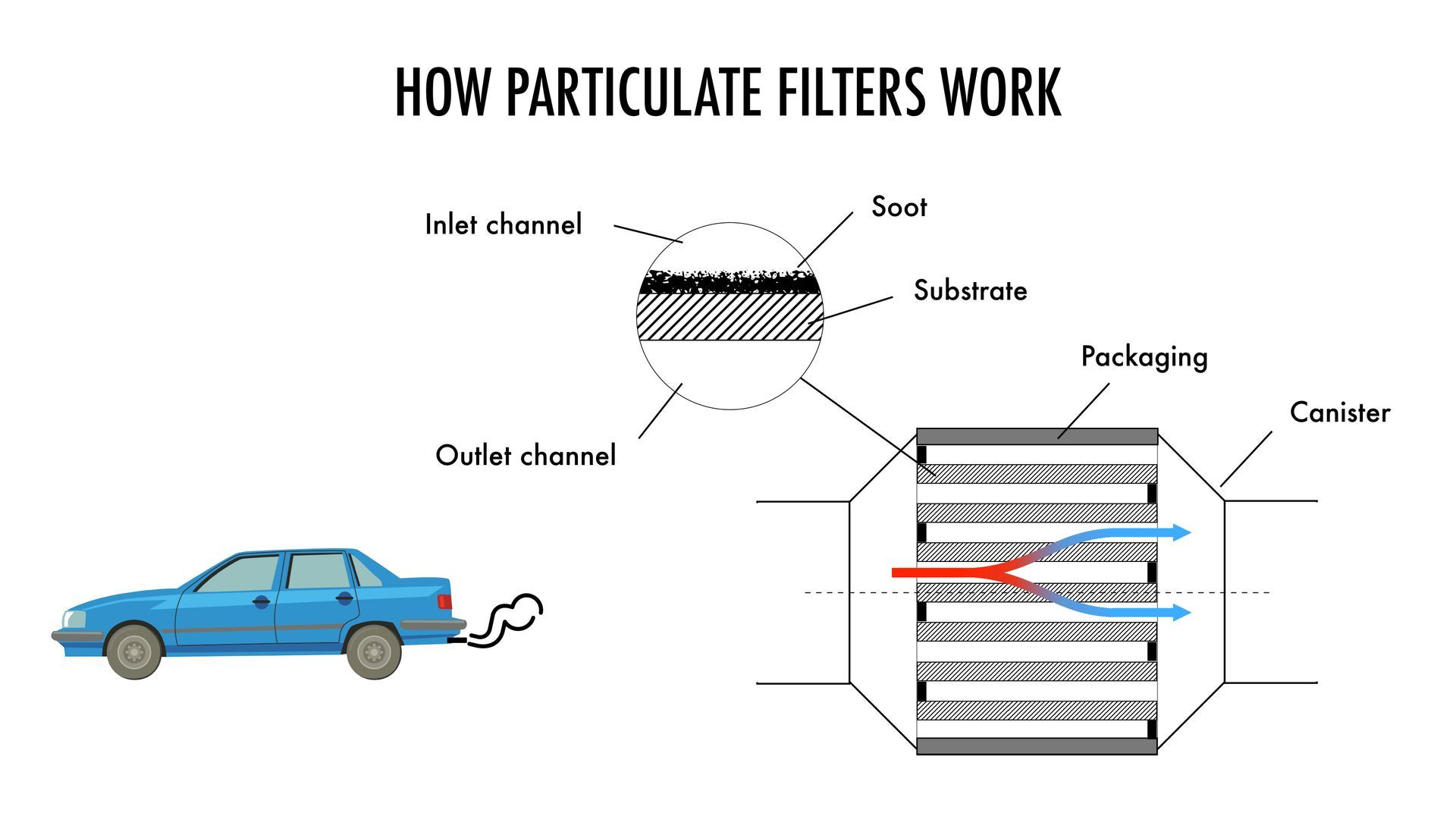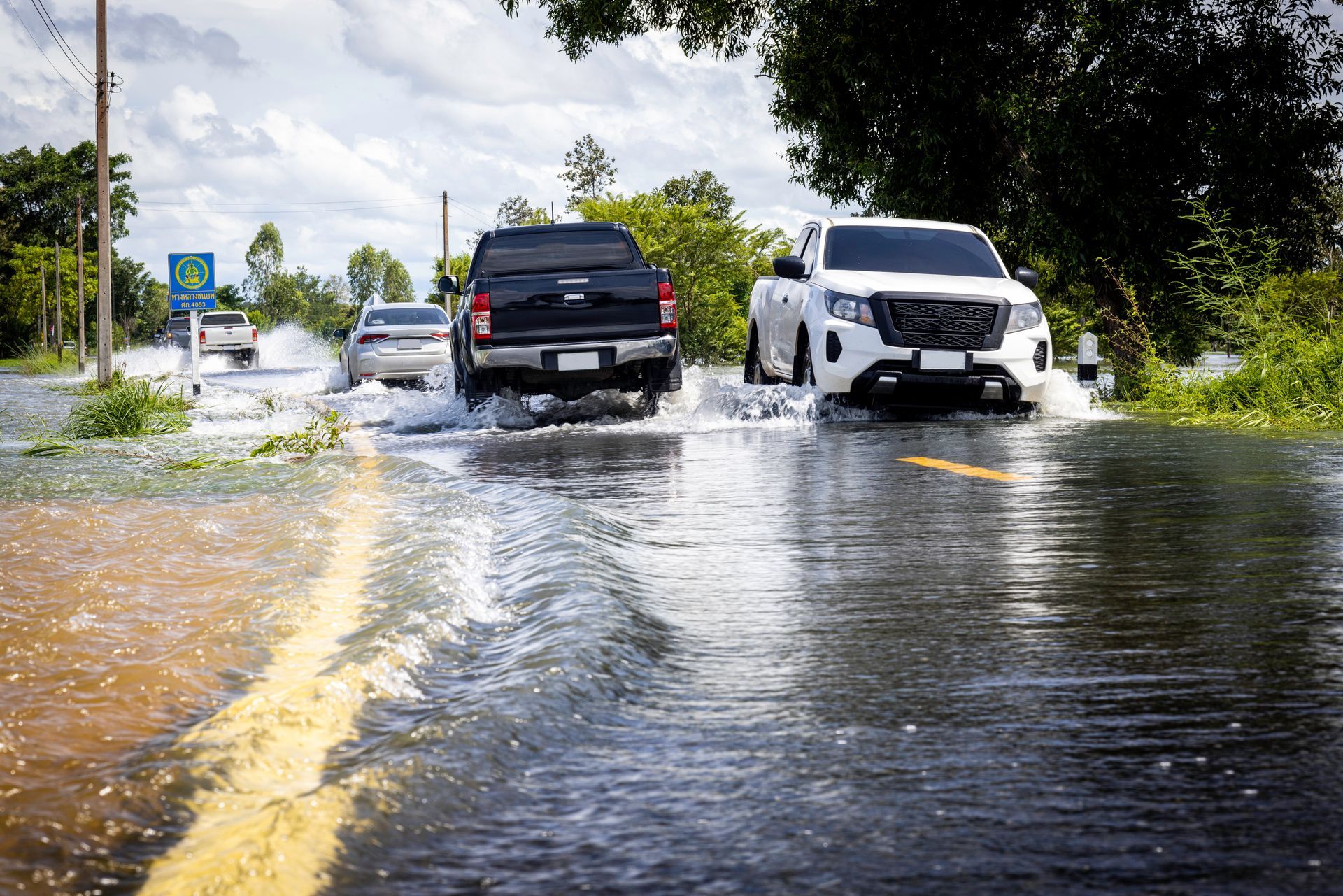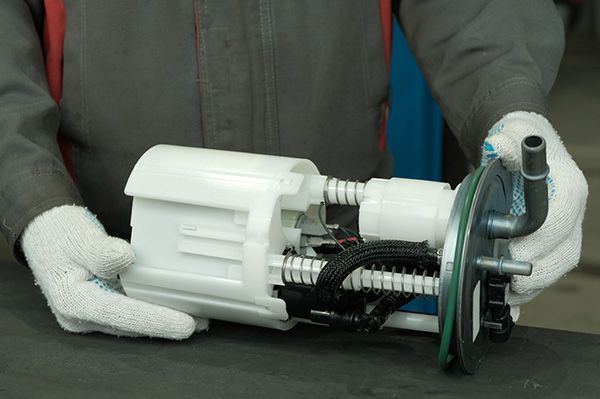Selecting the right tires for your vehicle is more than a purchase; it's an investment in your safety and driving experience. With so many options available, it can be overwhelming to find the perfect fit for your car. Luckily, today we'll provide you with a step-by-step guide on how to pick the perfect tires for your car.
How To Find What Tires Your Vehicle Needs
The first step in choosing the right tires is understanding your vehicle needs. This information is usually found in your car's manual or on a sticker inside the driver's side door. It includes details about the tire size, load index, and speed rating suitable for your vehicle.
Numbers on Tires Explained - Tire Size
When you look at a tire, you'll notice a series of numbers and letters. These are not just random; they tell a story about the tire. For example, a marking like "P215/65 R15 95H" can be broken down as follows:
- P: Indicates the tire is for passenger vehicles.
- 215: The width of the tire in millimeters.
- 65: The aspect ratio, which is the height of the tire sidewall as a percentage of the width.
- R: Radial construction.
- 15: The diameter of the wheel in inches the tire is designed to fit.
- 95: Load index, representing the maximum weight the tire can support.
- H: Speed rating, indicating the maximum speed at which the tire can safely operate.
Choosing The Brand Of Tires
Once you know the size and type of tire you need, the next step is choosing a brand. Consider your car manufacturer's recommendations, as they have tested specific tire brands and models with your vehicle model.
However, personal preference in terms of driving style, road conditions, and budget also play a significant role. Research and read reviews to find a brand that matches your criteria.
What Happens If You Choose Bigger Tires
Opting for bigger tires than those recommended can impact your car's functionality. Larger tires can offer better traction and a smoother ride, but they can also affect the speedometer reading, fuel efficiency, and even the suspension system. It's essential to ensure that bigger tires won't rub against the vehicle's body or suspension components.
What Happens If You Choose Smaller Tires
Conversely, choosing smaller tires can lead to a harsher ride and reduced traction. Smaller tires may improve your vehicle's handling and increase fuel efficiency, but they can also impact the accuracy of your speedometer and odometer. It's crucial to maintain the overall diameter close to your original tires to avoid potential issues.
Questions You Might Have After The Article
Q: Can I mix different brands of tires on my vehicle?
It's best not to mix tire brands. Different brands can have varied performance characteristics, leading to uneven wear and potentially affecting your car's handling and safety.
Q: How often should I replace my tires?
Replace tires every 5 to 6 years or sooner if the tread depth is below 2/32 of an inch or if there are signs of significant wear or damage. Regular inspections are important.
Q: Does the weather affect the type of tires I should choose?
Yes, select tires based on local weather conditions. Use winter tires for snowy conditions and all-season tires for mild weather. For hot climates, tires designed for high temperatures are advisable.
For expert tire services, look no further than the team at Riley's Auto & Diesel Repairs LLC! We are your local solution for tire and auto care.

